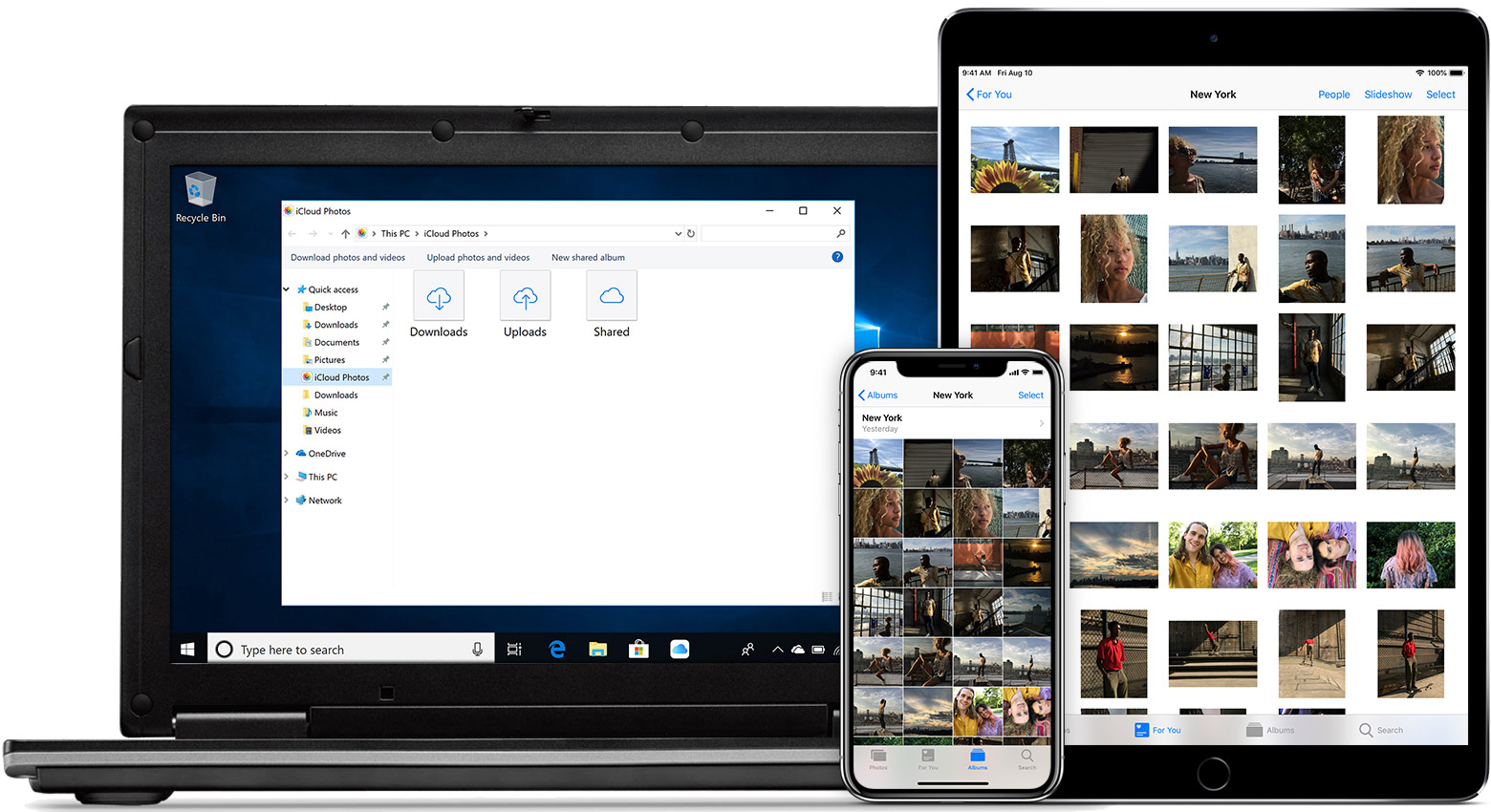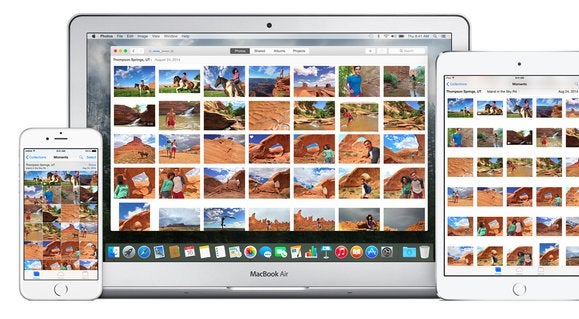- Transfer Iphoto Library To Photos
- How To Import Mac Photo Library To Lightroom
- How To Import Photo Library Mac
- Mac Photo Book Maker
- How Do I Import Mac Photos To Lightroom Classic
May 30, 2019 Read how to import images and folders into Photos; How to prepare for setting up Lightroom photos to sync. Before you can jump through the hoops required to set up an automated export of your Lightroom photos to your iCloud Photo Library, you'll need to prepare a few things. If you want to move photos from one library to another, use this steps: Export the photos from the active library. This action doesn't delete the photos from the library. Switch to the library you want to add them to. Import the photos into the new library. Move Your iPhoto Library to a New Location/Mac. Jan 10, 2018 I'm running latest MacOS High Sierra v10.13.2, and Photos for Mac latest v3. It used to import fine on iPhoto. I've been waiting and waiting for Photos for Mac to get this removed feature back, it's now at v3 and still no where to be seen. It's video from my Digi Cam. Rather not convert it, I use iCloud photo library so I want it imported for.
Feb 17, 2018 iCloud Photo Library aims to deliver on the promise of having all your photos available on all your devices all of the time. To accomplish this, iCloud Photo Library works with Photos for Mac as well as with Photos for iOS and iCloud.com, as the glue that holds everything together. Mar 18, 2020 If you're sure that you've exported all of the photos and videos that you want to keep from the source library, you can delete it to save disk space on your Mac. First, open the Finder and find the source library that you want to delete. By default, photo libraries are stored in your Pictures folder. Dec 25, 2017 Question: Q: Cannot import items to Photo library. I tried doing the import on my Mac and my MacBookPro and am still encountering this problem. I even tried added the pictures via airdrop, and through drop box. Can anyone help me? I have some very important pictures on my phone, I.
Photos User Guide
By default, the photos and videos you import into Photos are stored in the Photos library in the Pictures folder on your Mac. When you first use Photos, you create a new library or select the library that you want to use. This library automatically becomes your System Photo Library. See System Photo Library overview.
WARNING: To avoid accidentally deleting or corrupting a Photos library, do not alter the contents of a library in the Finder. If you want to copy, move, or transfer files, first export them from the Photos library; do not manually access or change the library in the Finder.
If you import items from a storage device or another folder on your Mac, you can have Photos leave the items in their original locations so they don’t take up extra space on your Mac.
Although storing files outside your Photos library is a great way to save space on your Mac, be aware that:
If you use iCloud Photos, photos and videos that are outside the Photos library aren’t stored in iCloud and won’t be accessible to any other Mac or device that uses iCloud Photos.
If you disconnect the device where the files are located, or move or rename the files in the Finder, Photos won’t be able to locate them.

Tip: If you use iCloud Photos, another good way to save space is to turn on Optimize Mac Storage in iCloud preferences. iCloud Photos then places smaller photo files on your Mac as needed, but all the full-size photos and video are still accessible to your Mac from iCloud.
- 1. Mac Files Tips
- 2. Mac Software
- 3. Mac Storage Tips
- 4. Mac Troubleshooting
- 5. Mac OS
People love taking pictures. That's one of the reasons camera phones becomes standard feature. That is also why photo management feature is crucial for any personal computer. And if you are a Mac user, one of the most popular photo management apps is iPhoto.
But sometimes you need to move your iPhoto library. One of the reasons is because photos and videos can quickly fill out your hard drive. So it might be a good idea to store them on the dedicated external drive. Another possible reason is when you want to switch to a more recent Mac version.
How do you move your iPhoto library to another location?
Back Up Your iPhoto Library
Before doing anything to your library, it's better to back it up. If anything happens, you won't lose any of your precious memory. Routine backups also protect you from image files become corrupted or are unintentionally erased from your hard disk.
You can set up an external hard drive and use it with the Time Machine application to back up your photos. The app will automatically make regular backups of your computer, including your entire photo library. Just make sure that you quit iPhoto periodically before backing up or the Time Machine can't do a full backup of your library.
Create a New iPhoto Library Or Switch Between Libraries
One way that you can use to move your iPhoto library is to create multiple libraries. The advantages of taking this path are you can better organize your photos, albums, slideshows, projects (such as books, cards, and calendars), and then switch between the libraries.
For example, you could keep separate libraries for your personal photos and your work photos. Or, if you have a child who takes photos, you can keep his or her photos in a separate library.

The caveat is that you can only modify items (such as albums) or edit photos in one library at a time.
Here are the steps to create a new iPhoto library:
- Quit iPhoto. Hold down the Option key as you open iPhoto.
In the window that appears, click Create New. Type a name and choose a location to store the new photo library. Click Save.
To switch between photo libraries:
- Quit iPhoto. Hold down the Option key as you open iPhoto.
Select the library you want to switch to. Click Choose.
If you want to move photos from one library to another, use this steps:
- Export the photos from the active library. This action doesn't delete the photos from the library.
- Switch to the library you want to add them to.
- Import the photos into the new library.
Transfer Iphoto Library To Photos
Move Your iPhoto Library to a New Location/Mac
Even though you can use the multiple libraries tricks to move your photos to a different location, you can also move it by using a simple drag and drop.
- First, quit iPhoto. In the Finder, choose your home folder (it's usually named after you).
- Open the Pictures folder (in the home folder) to locate the iPhoto Library file.
How To Import Mac Photo Library To Lightroom
For moving iPhoto library to a new location:
Drag the iPhoto Library file to a new location on your computer.
- But the process doesn't stop here. You have to tell iPhoto the new location of the library. Open iPhoto. When it can't find the library, it will ask you the location.
- In the window that appears, select the library you want, and then click Choose.
How To Import Photo Library Mac
For copying iPhoto library to a new Mac:
- Connect your external hard drive. When it displays on Finder, drag the iPhoto Library folder or package to external hard drive.
- Eject the hard drive from your old Mac and connect it to this new one.
- Now open iPhoto on the new computer. Hold down the Option key on the keyboard, and keep the Option key held down until you are prompted to create or choose an iPhoto library.
Mac Photo Book Maker
That's for how to move iPhoto library to a new location or a new Mac. If you unfortunately lost some important photos during the transfer, you can use Any Data Recovery for Mac. This app is a complete Mac data recovery solutions to recover all types of files from Mac's hard drive, including recovering photo on Mac, and also from other portable devices like USB flash drive, external hard drive, SD card, iPhone.
How Do I Import Mac Photos To Lightroom Classic
- Recover data deleted, formatted or lost on Mac;
- Restore files from hard drive and external storage devices;
- Recover data from failed/crashed/dead MacBook;
- Fully supported latest macOS 10.15 Catalina;